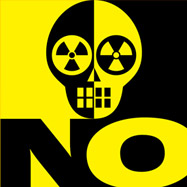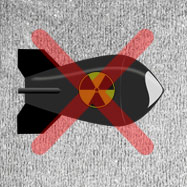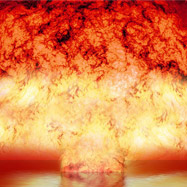Nuclear Disarmament A Way Forward
- Publisher: Institute for Defence Studies and Analyses
IDSA set up a Task Force to examine the issues concerning disarmament with Shri Satish Chandra, formerly India’s Ambassador to Conference on Disarmament and Deputy National Security Advisor (NSA) as Chair. This report is the outcome of its deliberations. It seeks to examine the obstacles to nuclear disarmament and the manner in which they can be removed. It reiterates the dangers of the nuclear weapon states persisting with their current policies of privileging nuclear weapons in their security postures and neglecting their obligations under article VI of the nuclear non-proliferation treaty (NPT).
- ISBN 81-86019-69-3 ,
- E-copy available













